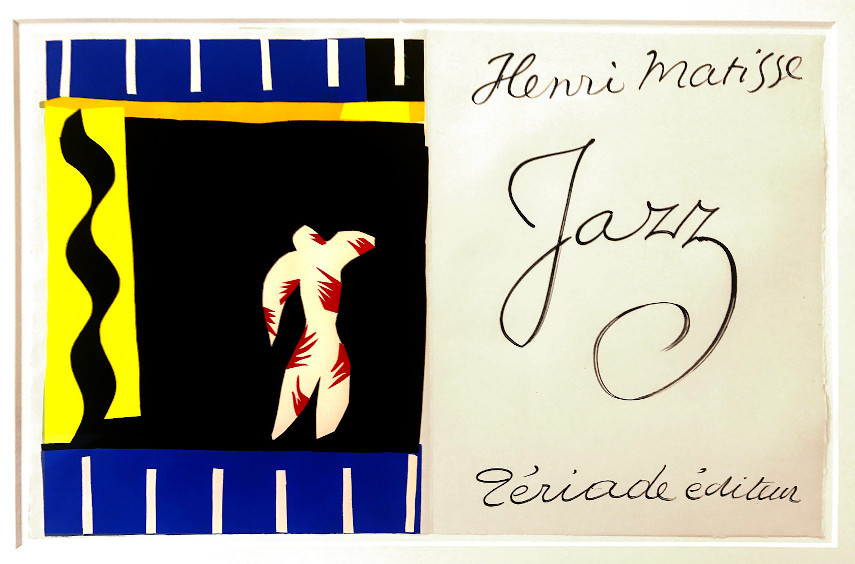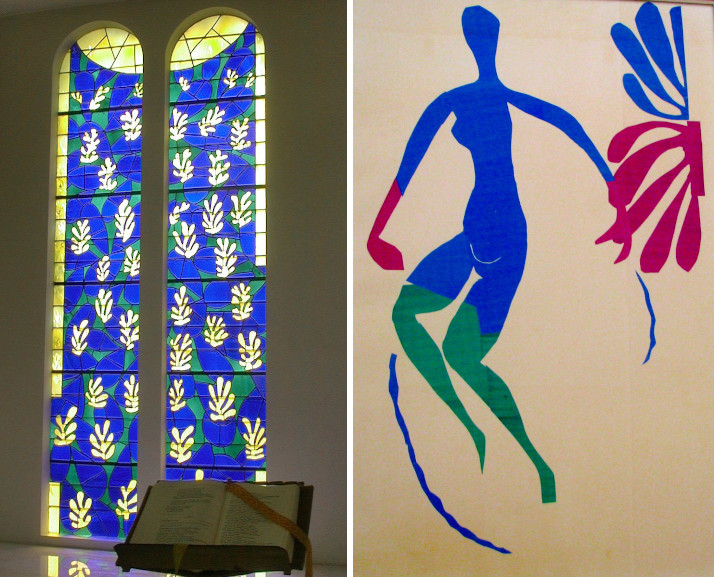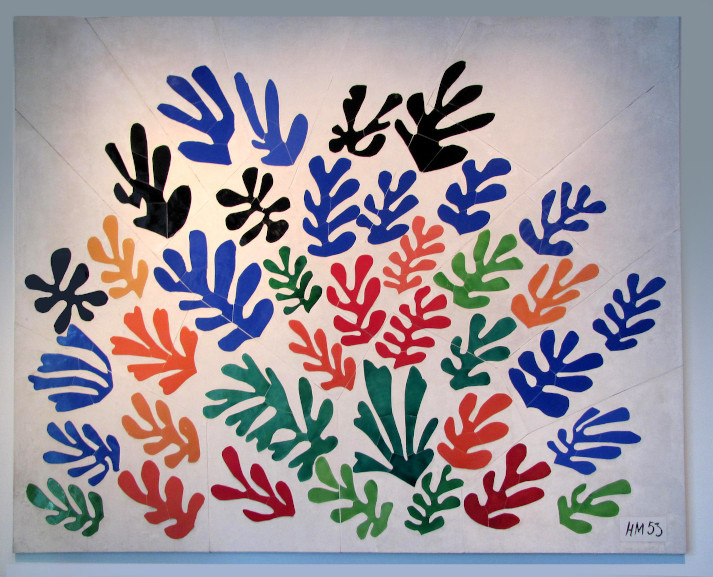Drawing with Scissors - How Matisse Cutouts Captured the Modern Essentials of Line, Form and Color
In 1939, tensions were escalating across Europe as the threat of Nazi invasion became increasingly imminent. Just months before the outbreak of World War II, marked by the occupation of Poland, Henri Matisse, a leading modern artist, made a seemingly unrelated decision – he divorced his wife. Little did the world know that this event would mark the beginning of a new phase in Matisse's career, one that would be heralded by his innovation of cutouts.
Henri Matisse, considered the founding father of Fauvism, had traversed various formal phases while remaining committed to figuration. Alongside his great rival, Picasso, Matisse had significantly influenced a generation of younger artists. However, as he aged, few could have foreseen that, at the age of 70, he would embark on a radical artistic breakthrough.
Initially dismissed as the folly of an aging artist by his contemporaries, Matisse's cutouts played a fundamental role in the development of modern art. These works showcased his incredible creativity and vitality, even in challenging circumstances. Most importantly, they represented the pinnacle of Matisse career, marking the ultimate transition to an entirely abstract vocabulary.

Mattise Cutouts – A Major Reinvention
In June 1940, the forces of The Third Reich besieged France, leading to the establishment of the collaborationist Vichy government. During this tumultuous period, Henri Matisse was in Paris but managed to return to Nice. Despite his son Pierre, a New York gallery owner, urging him to flee to America, the artist chose to stay in occupied France, viewing his presence as a form of resistance given his stature as one of the country's leading artists. Matisse's works did not fall under the Nazi classification of degenerate art. However, as a non-Jewish practitioner, he was required to exhibit with other modernists under the condition of signing an official oath asserting their Aryan status.
The following year, Matisse received a cancer diagnosis and underwent surgery. Although the procedure was successful, it led to severe complications. Matisse survived but was confined to a bed, prompting him to explore new means of artistic expression, using paper and scissors. The doctors had given him a prognosis of three years to live after the operation, but despite reduced mobility and weakened strength, Matisse's creative genius remained undeterred. As the war raged on, he persisted in focusing on his art while living and working in a war zone, near the frontline.

Drawing with Scissors
Most likely driven by the somber atmosphere of World War II, Henri Matisse created his first cutout, The Fall of Icarus. This mythical depiction of a falling man who dared to fly too close to the sun marked the beginning of a renaissance in Matisse's artistry.
Abandoning traditional canvas painting was a radical move for Matisse in terms of media and technique. Cutouts proved to be unpredictable but liberating, enabling him to explore a plethora of possibilities in terms of color, form, and composition. Gradually, the walls of his apartment became adorned with numerous cutouts. After the war, Matisse established a production line with the help of his studio assistants, famously declaring that he "drew with scissors." This new medium became his tool for articulating color, line, and emotion, leading to various motifs inspired by his travels, including Tahiti, and encompassing subjects such as plants, bathers, acrobats, and dancers. Among his most celebrated series of cutouts was Jazz, published in 1947. This limited-edition portfolio, featuring vibrant colors and inspired by the circus, was accompanied by poetic notes and exemplified Matisse's complete transition to this innovative medium.
Feeling unstoppable in his creative pursuits, Matisse embarked on his most significant project yet – the decoration of The Chapelle du Rosaire de Vence, often referred to as the Matisse Chapel. Located in Vence on the Azure Coast, this small Catholic chapel was constructed and adorned with cutouts between 1947 and 1951. It took Matisse four years to produce the cutouts for the chapel, and the resulting stained glass is widely regarded as a masterpiece.
Another remarkable cutout from the same period is La Negress, created in 1952. Spanning an entire wall of his apartment, this work was inspired by the iconic image of Josephine Baker wearing a skirt made from bananas. Additionally, Matisse produced an epic series of cutouts known as Blue Nudes around the same time, having them executed as lithographs.
Matisse's mastery of the cutout style shines through in these works, revealing the profound impact of this innovative technique on his artistic journey.

The Eternal Beauty of Matisse Cutouts
Watching Matisse at work in his studio was an absolute delight, as described by his assistants and visitors. He appeared possessed, meticulously cutting out paper and assembling vibrant shapes into mural-like compositions.
During his lifetime, only a few cutouts were exhibited. Many perceived these works as playful and even childish, yet they represented Matisse's ultimate articulation of abstraction, foreshadowing future movements like Nouveau Realisme and Pop Art. Notably, The Blue Nudes series has been seen as an ancestor to Yves Klein's iconic Anthropometry series, where live models were used as brushes. Consequently, many scholars consider Matisse a proto-installation artist.
The legacy of Matisse's cutouts continues to captivate people today. In 2014, MoMA organized an impressive survey, Henri Matisse: The Cut-Outs, showcasing around 100 cutouts from major international collections. The last year's exhibition Drawing with Scissors: Contemporary works in conversation with Matisse's Jazz hosted at the Berggruen Gallery in San Francisco demonstrated the profound impact of Matisse's cutouts on modern and contemporary art. Matisse once expressed, "cutting straight into color reminds me of the direct carving of the sculptor," underscoring the versatility and audacity of his artistic gestures. Indeed, he rightfully claimed the throne as one of the leading modernist masters.
In the midst of global turmoil, Matisse's cutouts stand as vibrant examples of human resilience and the joy of life, themes already celebrated in his earlier painting Dance. His art continues to inspire, reminding us of the enduring power of creativity and the celebration of life's beauty.
Featured image: Henri Matisse - La Négresse, 1952-53. Image via Shifted Librarian.
Can We Help?
Have a question or a technical issue? Want to learn more about our services to art dealers? Let us know and you'll hear from us within the next 24 hours.
